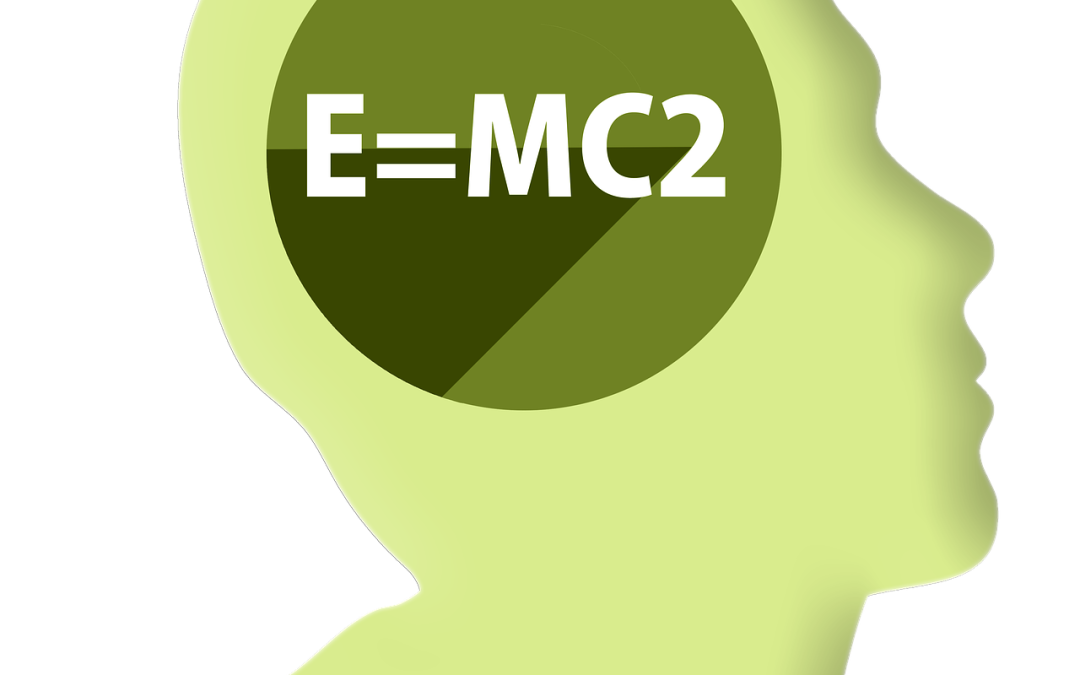arXiv:2409.15403v1 Announce Type: new
Abstract: In the present Master’s thesis, I describe the research I conducted during my Master’s program on the topic of analogue gravity. This line of research was initiated by Bill Unruh, who established an analogy between hydrodynamic flow with a supersonic region and black holes. One possibility to exploit this hydrodynamics/gravity analogy is to create analogue black holes within Bose-Einstein condensates. At low temperatures, phonons-low energy excitations-behave like a massless scalar field in an emergent acoustic metric determined by the condensate. An acoustic black hole is created by transonic fluid, and quantum fluctuations at the acoustic horizon lead to thermal radiation of phonons, akin to Hawking radiation. This emission has been numerically simulated and experimentally verified in Bose-Einstein condensates. The goal of my Master’s thesis is to design a system in which an acoustic horizon is excited by a gravitational wave-like perturbation. The thesis is divided into two main parts: the first reviews essential topics of general relativity, quantum field theory in curved spacetimes and analogue gravity; while the second presents my results. Firstly, I propose a method to reproduce a gravitational wave perturbation on a flat background acoustic metric emergent from a Bose-Einstein condensate. Secondly, I demonstrate how to implement an impinging gravitational wave-like perturbation at an acoustic horizon. I then analyze how the horizon responds to this analogue gravitational wave and discuss the implications of my work, including potential studies on shear viscosity and entropy density of the perturbed acoustic horizon. Notably, these interesting research directions could be explored in experiments conducted with ultra-cold quantum gas platforms.
Introduction:
This article discusses the research conducted during a Master’s program on the topic of analogue gravity. The author explores the analogy between hydrodynamic flow with a supersonic region and black holes, and proposes the creation of analogue black holes within Bose-Einstein condensates. The thesis is divided into two main parts, with the first reviewing essential topics and the second presenting the author’s results.
Challenges and Opportunities:
Challenges:
- Reproducing a gravitational wave perturbation on a flat background acoustic metric from a Bose-Einstein condensate.
- Implementing an impinging gravitational wave-like perturbation at an acoustic horizon.
Opportunities:
- Studying shear viscosity and entropy density of the perturbed acoustic horizon.
- Exploring interesting research directions in experiments with ultra-cold quantum gas platforms.
Roadmap:
- Introduction: Overview of the research conducted on analogue gravity, hydrodynamic flow, and black holes.
- Review of Essential Topics:
- General relativity.
- Quantum field theory in curved spacetimes.
- Analogue gravity.
- Results:
- Method to reproduce a gravitational wave perturbation on a flat background acoustic metric.
- Implementation of an impinging gravitational wave-like perturbation at an acoustic horizon.
- Analysis of the horizon’s response to the analogue gravitational wave.
- Discussion of implications, including potential studies on shear viscosity and entropy density.
- Conclusion: Summary of the research conducted and the potential for further exploration in experiments with ultra-cold quantum gas platforms.
Conclusion:
The thesis presents research on the creation of analogue black holes within Bose-Einstein condensates by exploiting the analogy between hydrodynamic flow and black holes. The author proposes methods for reproducing gravitational wave perturbations and implementing them at acoustic horizons. The results open up opportunities for studying shear viscosity and entropy density of the perturbed horizon, as well as further experiments with ultra-cold quantum gas platforms.
Read the original article
